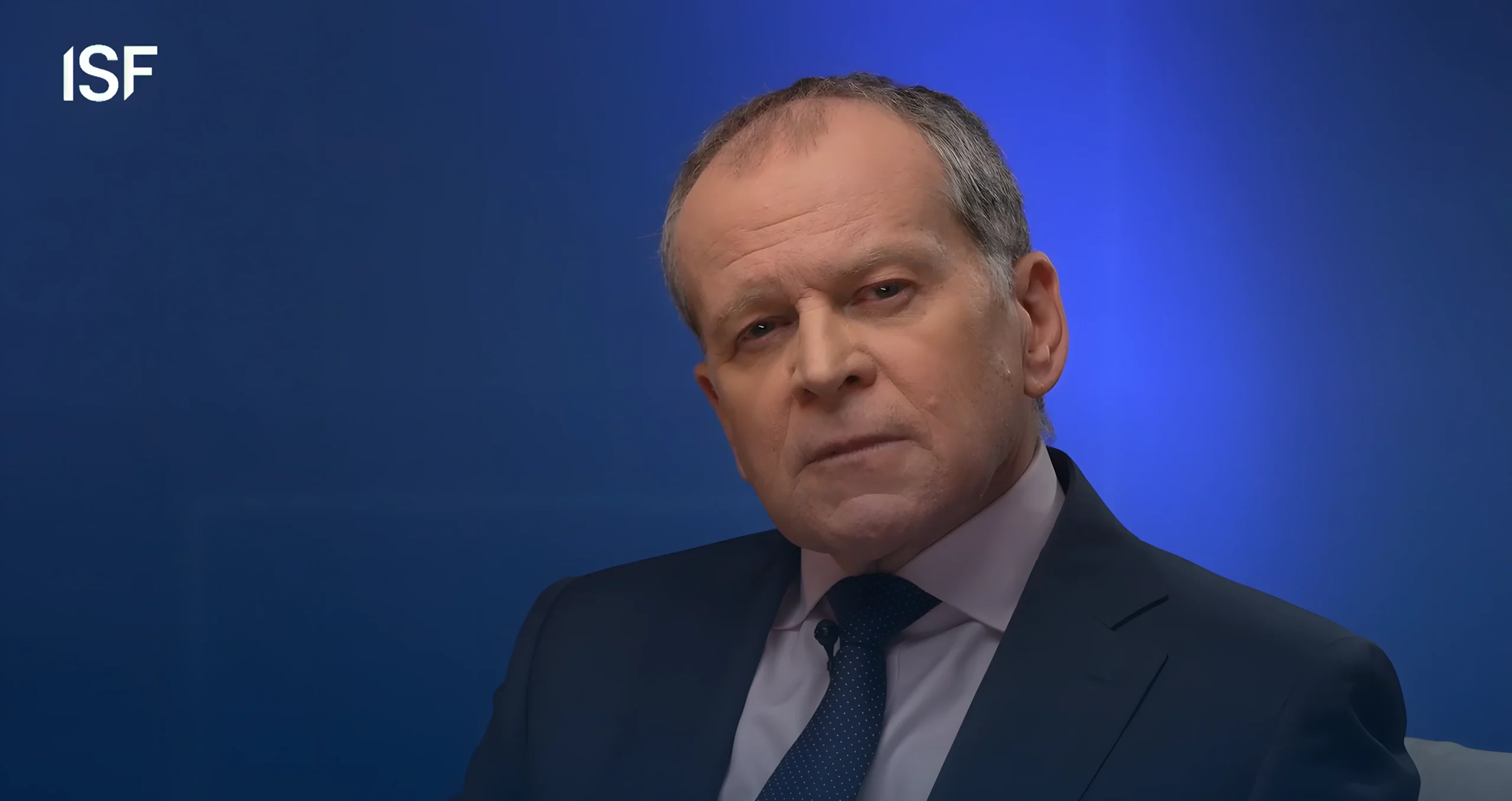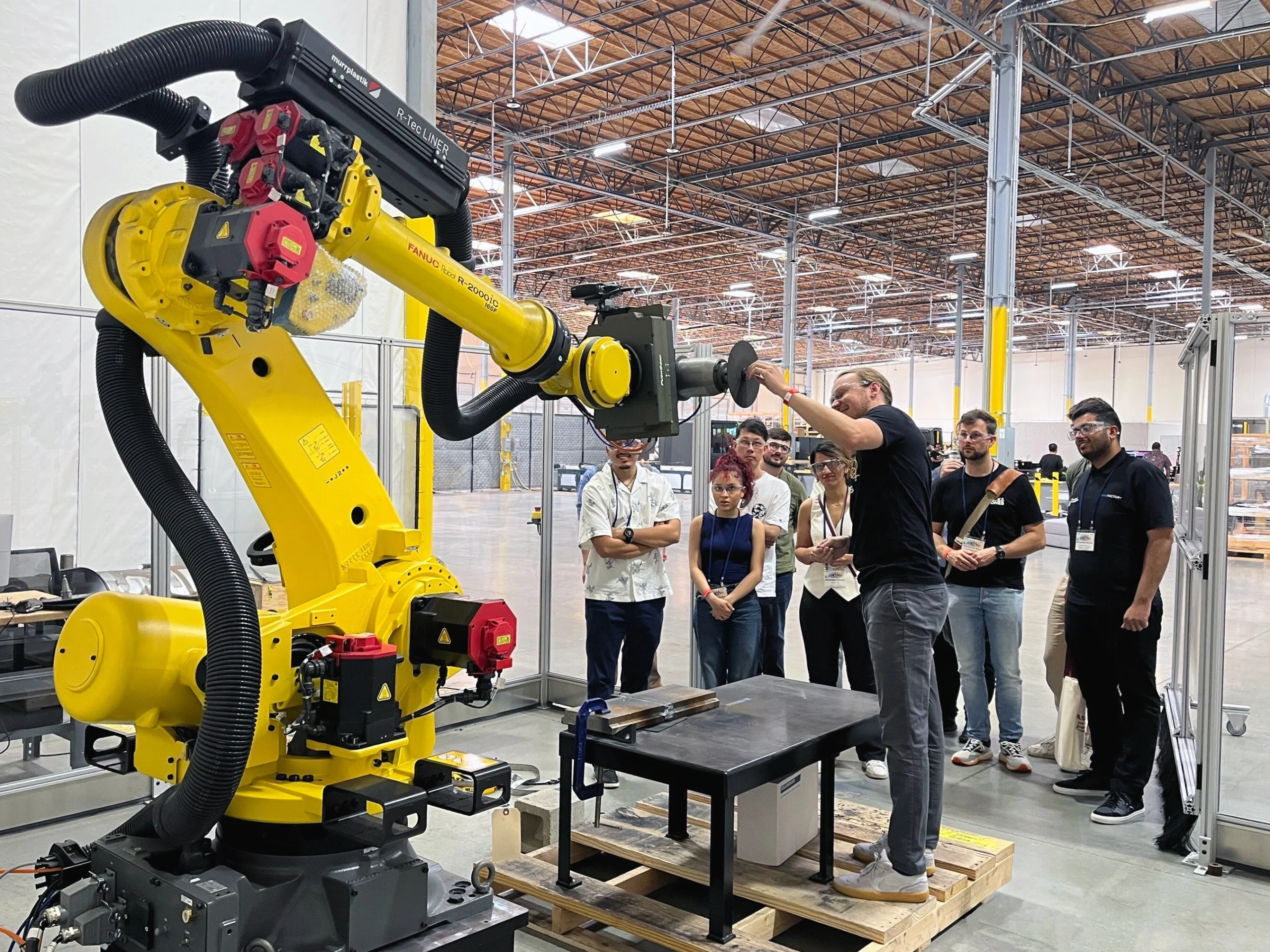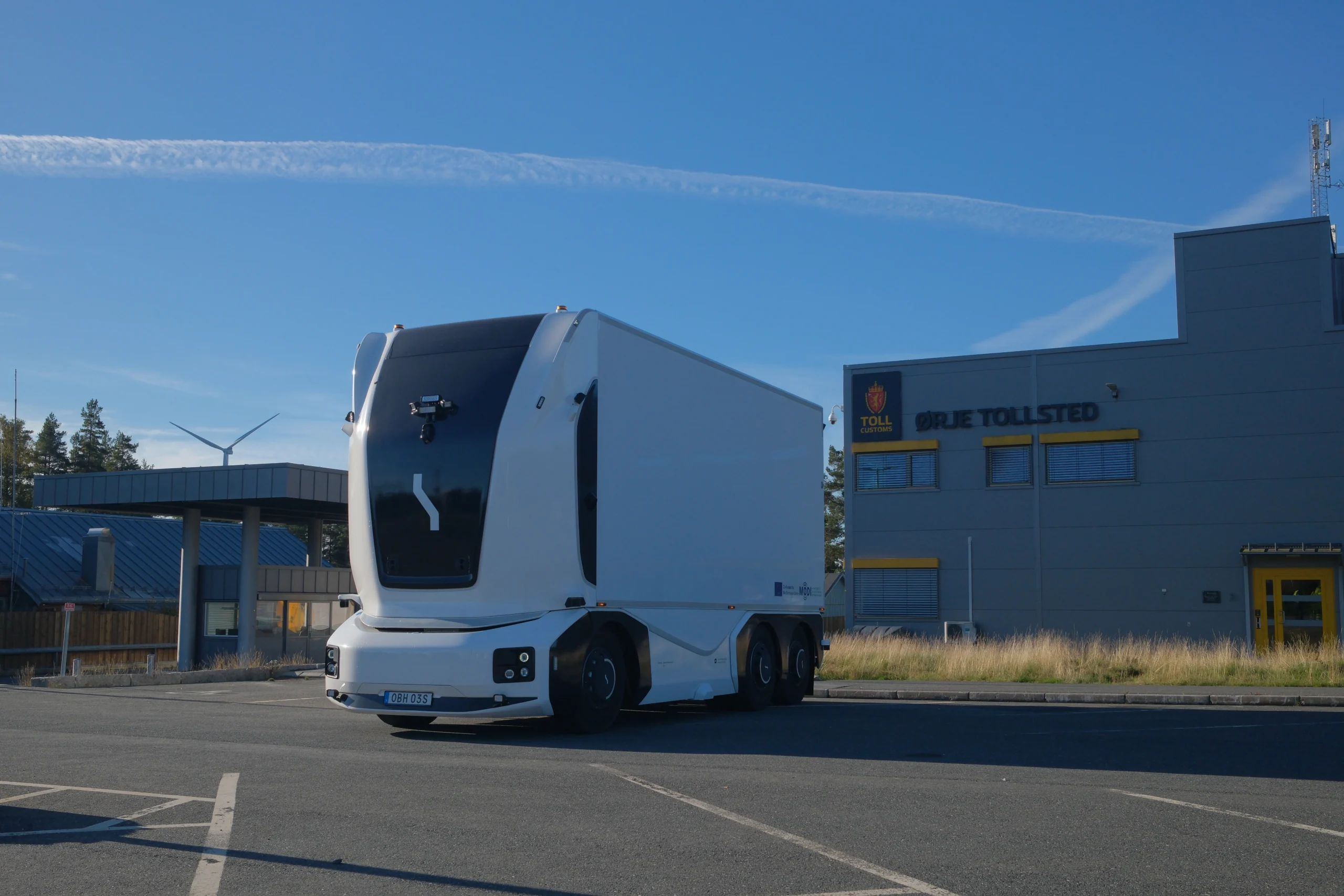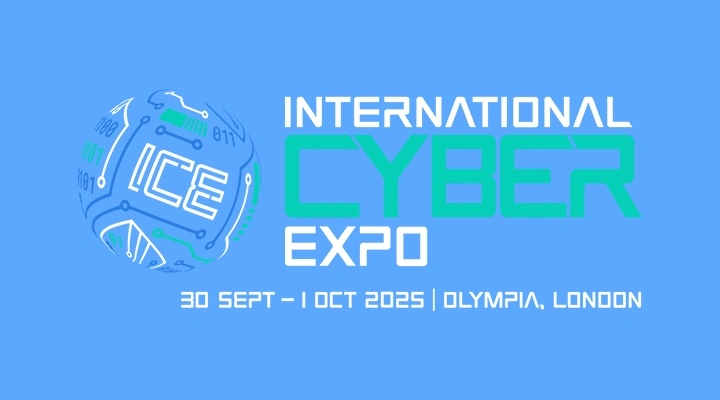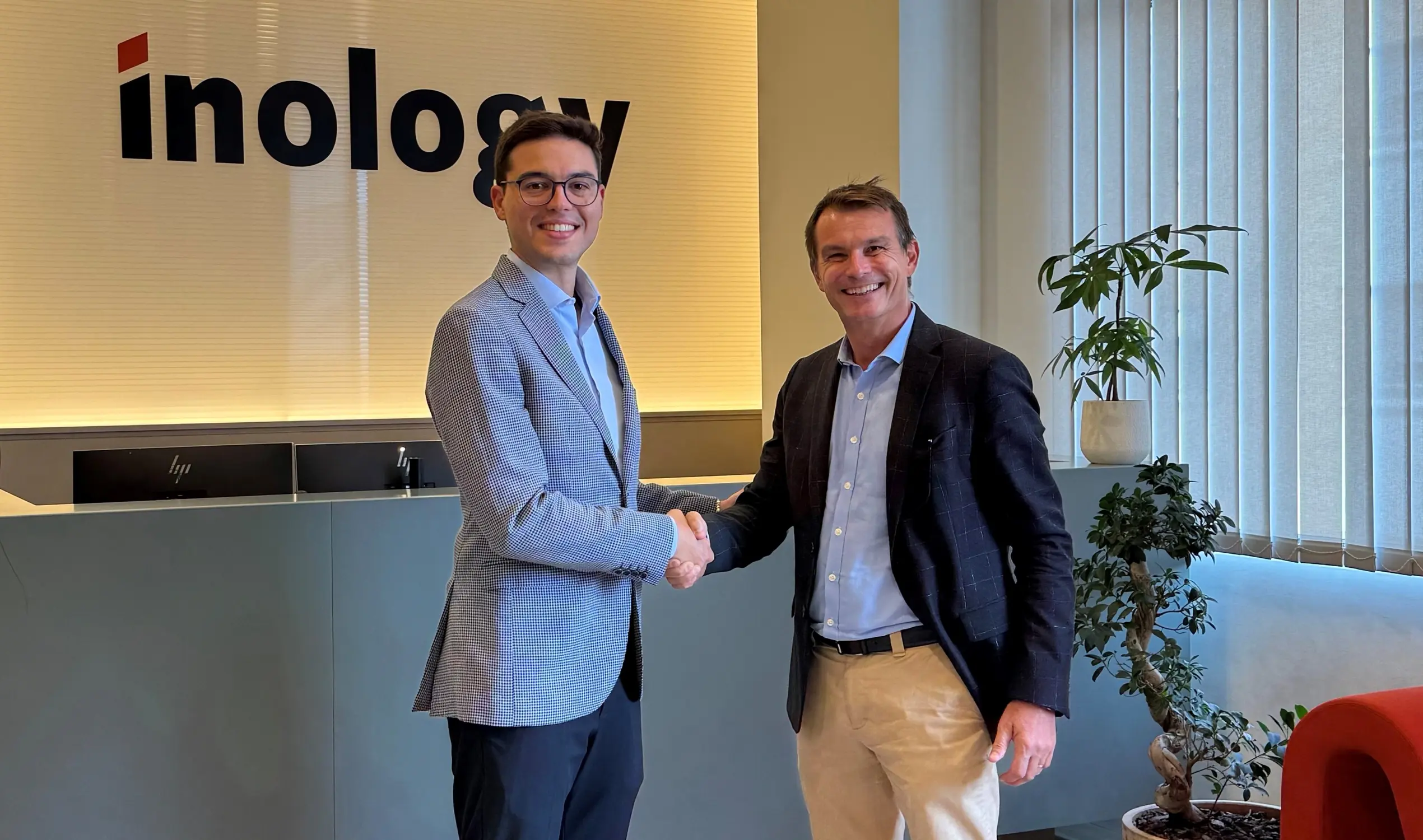Disrupting the disruptors

John E. Kaye
- Published
- Home, Technology

For established companies, technological change and complacency are the biggest threats. History is full of examples of market-leaders that lost the ground beneath their feet at the click of a button – usually the click of a web developer writing code for a tech startup. Blockbuster, the world’s biggest provider of home movie and video game rental services just fifteen years ago, was dealt a deadly blow by Netflix and other video-on-demand services. Barnes & Nobles, once the world’s biggest bookseller, saw its empire collapse, defeated by Amazon’s data-driven approach. Fifty two per cent of Fortune 500 companies have either gone bust, have been acquired, or have folded since 2000, mainly due to digital disruption.
However, not all is lost for established corporations eager to reinvent themselves, claim technology gurus Todd Hewlin and Scott Snyder in a new book Goliath’s Revenge: How Established Companies Turn the Tables on Digital Disruptors. For every Blockbuster there is a Microsoft and for every Saab a General Motors, there are companies – the titular ‘goliaths’– that have managed to stay on top of their game despite rapid changes in their industries. The key for established firms to stay relevant, argue the authors, is to become disruptors themselves, offering their ambitious competitors a taste of their own medicine – creative destruction.
Keeping the flame alive
Todd Hewlin, co-founder of TCG Advisors, a Silicon Valley growth strategy firm, and Scott Snyder, partner at Heidrick Consulting and Senior Fellow at the prestigious business school Wharton School at the University of Pennsylvania, break down their recipe for constant reinvention into six rules that corporations need to follow. Above all, business leaders need to aim for what they call “step-change customer outcomes”: exponential innovation leading to services or products that are ten times better than current ones. Wow your customers before they walk out, is the mantra to follow.
Complacency is the big enemy. Owning the rights to a hugely popular product, such as Microsoft Windows, can be a blessing, but it can be a curse too. This is why executives need to redefine a corporation’s purpose through a process Hewlin and Snyder call “smart cannibalisation”: constantly coming up with new ideas for expansion, without damaging the business’s core activity that provides the necessary financial cushion for experimentation. This is a long-term strategy, says Mr Hewlin: “Smart cannibalisation requires CEO-level safeguards that avoid the outcome where an established company robs from the future to pay for the present. Those safeguards include separating human and financial capital into ‘run today’s legacy business’ and ‘grow tomorrow’s digital business’ pools, substituting leading-indicator metrics within emerging businesses for the trailing-indicator metrics of legacy businesses, and making explicit trade-offs between digital investments that defend margins within core markets versus those that grow new revenues in adjacent markets.”
The road to success may be paved with crazy ideas and botched projects, but this is not necessarily a misfortune. Leaders need to embrace failure, according to Mr Hewlin: “Senior leaders evaluate, recognise, compensate, and promote mid-level and front-line managers for growing new businesses, not just ‘resting on the laurels’ of past ones. The best executives go further. They value the organisational knowledge that comes from failure with equal verve as the financial returns that come from successes.” Examples abound, from General Motors’ ill-fated ™ EV1 model that set the stage for the company to compete later with Tesla in the production of electric vehicles, to Apple’s mid-‘90s predicaments that planted the seed that would later give us the iPhone.
If innovation is a constant pursuit, its precursors are many. Large corporations don’t have to choose between top-down and bottom-up experimentation – they need to pursue both, argue Hewlin and Snyder. And if senior executives are responsible for what they call “Big I Innovation”, namely big, bold ideas that can change everything, “Little I Innovation” is equally important: ideas coming from lower ranks whose importance senior managers may not have the experience or expertise to grasp. This is why a key priority for CEOs should be nurturing an innovation-driven culture across all hierarchy levels, says Mr Snyder: “In order to avoid ‘innovation theatre’, leaders need to put real teeth into this programme, including seed capital and expert resources to help these ‘intrapreneurs’ move their ideas to impact. In the process, leaders will be able to identify high potential innovators, a scarce resource, that are capable of leading some of the company’s ‘Big I’ initiatives in the future.”
Talent is still king
For all business, large and small, the elephant in the room is the advent of AI and machine-learning. Many experts predict robot-driven doom and gloom for jobs, supply lines and existing business models. Hewlin and Snyder beg to differ. To thrive in an era of omnipotent machines, corporations need to prioritise talent over technology, they proclaim. “The companies able to move from an automation mindset, to an augmentation mindset where humans and machines unlock new value and growth will have a huge advantage,” says Mr Snyder. Leaders in particular should develop what he calls “digital dexterity”: “anticipating emerging digital trends, executing digital projects in each part of the business, and rapidly experimenting on digital opportunities to reinvent the current business and operating model.” One way for established companies to hold their ground, according to Hewlin and Snyder is protecting their patents, buying them valuable time to stay ahead of competition. Overreliance on past successes can kill the spirit of innovation, as Microsoft’s long stagnation proves. But a flexible approach can bear fruit, Mr Snyder says: “Industries are starting to find a balance of opening up IP and innovations to fuel new developments by outside innovators versus protecting themselves against attackers and even patent trolls. The auto industry is beginning to do this with patent pools, as well as companies like Microsoft that opened up 60,000 patents related to Linux.”
Another resource corporations should capitalise on is the vast amount of data they gather, often without commercialising it, Hewlin and Snyder argue. Growing concerns over privacy may be an obvious obstacle. Many users have deserted Facebook over the last few years over privacy and security, while politicians in the US and Europe have called for a break-up of Google and Facebook. But putting emphasis on transparency can help corporations stay out of trouble, says Mr Hewlin: “Consumers know that getting ‘free’ services on Google or Facebook or LinkedIn entails giving up some level of privacy and accepting increasingly finely-tailored advertisements. The key here is adopting a ‘no surprises’ approach to these data handshakes and living up to the obligations on the liabilities side of your data balance sheet.”
For more business news, follow The European.
Sign up to The European Newsletter
RECENT ARTICLES
-
 Make boards legally liable for cyber attacks, security chief warns
Make boards legally liable for cyber attacks, security chief warns -
 AI innovation linked to a shrinking share of income for European workers
AI innovation linked to a shrinking share of income for European workers -
 Europe emphasises AI governance as North America moves faster towards autonomy, Digitate research shows
Europe emphasises AI governance as North America moves faster towards autonomy, Digitate research shows -
 Surgeons just changed medicine forever using hotel internet connection
Surgeons just changed medicine forever using hotel internet connection -
 Curium’s expansion into transformative therapy offers fresh hope against cancer
Curium’s expansion into transformative therapy offers fresh hope against cancer -
 What to consider before going all in on AI-driven email security
What to consider before going all in on AI-driven email security -
 GrayMatter Robotics opens 100,000-sq-ft AI robotics innovation centre in California
GrayMatter Robotics opens 100,000-sq-ft AI robotics innovation centre in California -
 The silent deal-killer: why cyber due diligence is non-negotiable in M&As
The silent deal-killer: why cyber due diligence is non-negotiable in M&As -
 South African students develop tech concept to tackle hunger using AI and blockchain
South African students develop tech concept to tackle hunger using AI and blockchain -
 Automation breakthrough reduces ambulance delays and saves NHS £800,000 a year
Automation breakthrough reduces ambulance delays and saves NHS £800,000 a year -
 ISF warns of a ‘corporate model’ of cybercrime as criminals outpace business defences
ISF warns of a ‘corporate model’ of cybercrime as criminals outpace business defences -
 New AI breakthrough promises to end ‘drift’ that costs the world trillions
New AI breakthrough promises to end ‘drift’ that costs the world trillions -
 Watch: driverless electric lorry makes history with world’s first border crossing
Watch: driverless electric lorry makes history with world’s first border crossing -
 UK and U.S unveil landmark tech pact with £250bn investment surge
UK and U.S unveil landmark tech pact with £250bn investment surge -
 International Cyber Expo to return to London with global focus on digital security
International Cyber Expo to return to London with global focus on digital security -
 Cybersecurity talent crunch drives double-digit pay rises as UK firms count cost of breaches
Cybersecurity talent crunch drives double-digit pay rises as UK firms count cost of breaches -
 Investors with €39bn AUM gather in Bologna to back Italy’s next tech leaders
Investors with €39bn AUM gather in Bologna to back Italy’s next tech leaders -
 Axians and Nokia expand partnership to strengthen communications infrastructure across EMEA
Axians and Nokia expand partnership to strengthen communications infrastructure across EMEA -
 Forterro buys Spain’s Inology to expand southern Europe footprint
Forterro buys Spain’s Inology to expand southern Europe footprint -
 Singapore student start-up wins $1m Hult Prize for education platform
Singapore student start-up wins $1m Hult Prize for education platform -
 UK businesses increase AI investment despite economic uncertainty, Barclays index finds
UK businesses increase AI investment despite economic uncertainty, Barclays index finds -
 Speed-driven email security: effective tactics for phishing mitigation
Speed-driven email security: effective tactics for phishing mitigation -
 Short circuit: humanoids go for gold at first 'Olympics for robots'
Short circuit: humanoids go for gold at first 'Olympics for robots' -
 New IBM–NASA AI aims to forecast solar flares before they knock out satellites or endanger astronauts
New IBM–NASA AI aims to forecast solar flares before they knock out satellites or endanger astronauts -
 AI is powering the most convincing scams you've ever seen
AI is powering the most convincing scams you've ever seen

